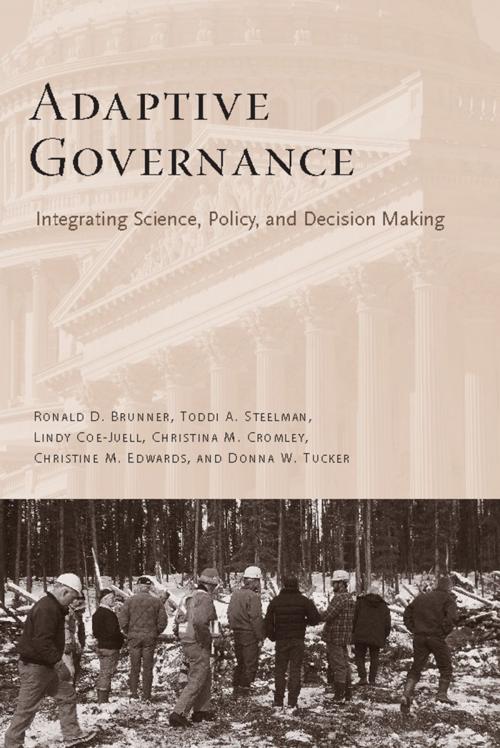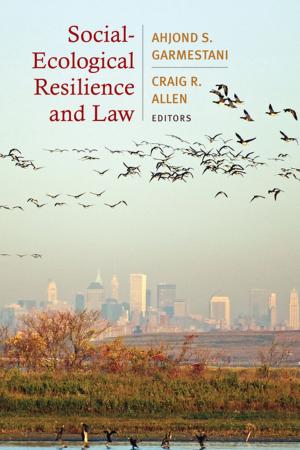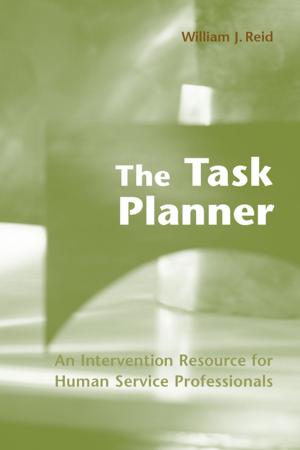Adaptive Governance
Integrating Science, Policy, and Decision Making
Nonfiction, Social & Cultural Studies, Political Science, Government, Public Policy, Science & Nature, Nature, Environment, Environmental Conservation & Protection| Author: | Ronald Brunner, Lindy Coe-Juell, Christina Cromley, Christine Edwards, Toddi Steelman, Donna Tucker | ISBN: | 9780231509879 |
| Publisher: | Columbia University Press | Publication: | August 10, 2005 |
| Imprint: | Columbia University Press | Language: | English |
| Author: | Ronald Brunner, Lindy Coe-Juell, Christina Cromley, Christine Edwards, Toddi Steelman, Donna Tucker |
| ISBN: | 9780231509879 |
| Publisher: | Columbia University Press |
| Publication: | August 10, 2005 |
| Imprint: | Columbia University Press |
| Language: | English |
Drawing on five detailed case studies from the American West, the authors explore and clarify how to expedite a transition toward adaptive governance and break the gridlock in natural resource policymaking. Unlike scientific management, which relies on science as the foundation for policies made through a central bureaucratic authority, adaptive governance integrates various types of knowledge and organizations. Adaptive governance relies on open decision-making processes recognizing multiple interests, community-based initiatives, and an integrative science in addition to traditional science.
Case studies discussed include a program to protect endangered fish in the Colorado River with the active participation of water developers and environmentalists; a district ranger's innovative plan to manage national forestland in northern New Mexico; and how community-based forestry groups are affecting legislative change in Washington, D.C.
Drawing on five detailed case studies from the American West, the authors explore and clarify how to expedite a transition toward adaptive governance and break the gridlock in natural resource policymaking. Unlike scientific management, which relies on science as the foundation for policies made through a central bureaucratic authority, adaptive governance integrates various types of knowledge and organizations. Adaptive governance relies on open decision-making processes recognizing multiple interests, community-based initiatives, and an integrative science in addition to traditional science.
Case studies discussed include a program to protect endangered fish in the Colorado River with the active participation of water developers and environmentalists; a district ranger's innovative plan to manage national forestland in northern New Mexico; and how community-based forestry groups are affecting legislative change in Washington, D.C.















